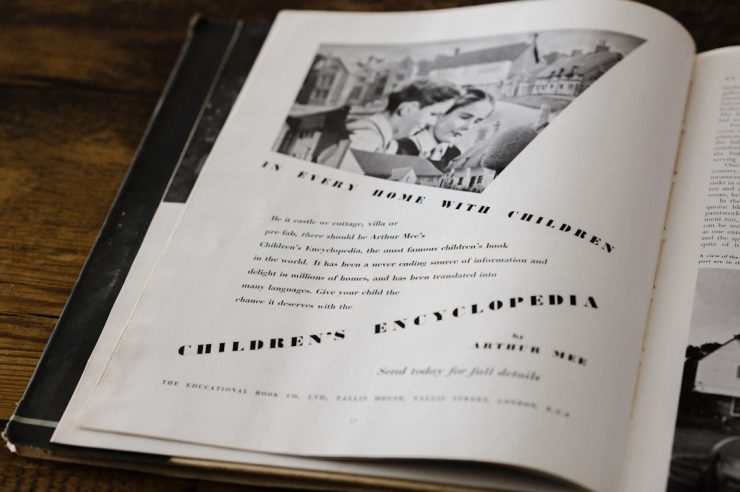Stock photos have become an essential resource for designers, marketers, and publishers. Whether it’s creating eye-catching brochures, product packaging, magazine spreads, or corporate flyers, stock photos provide an easy and cost-effective way to enhance visual content. However, despite their convenience, users must understand that stock photos come with licenses that dictate how the images may be used—especially when it comes to print materials.
When using stock photos in print materials, certain restrictions and conditions may apply depending on the license type and the stock photo agency’s policies. Failing to adhere to licensing terms can result in legal issues or the revocation of usage rights. This article explores the key restrictions users should be aware of and how to stay compliant when printing with stock imagery.
Understanding Stock Photo Licenses
Stock photos typically come with one of two main types of licenses: Royalty-Free (RF) and Rights-Managed (RM).
- Royalty-Free License: Allows users to use the image multiple times for a single flat fee, with few limitations on duration or geography. However, uses like resale and large print runs can still have restrictions.
- Rights-Managed License: Requires users to specify how, where, and for how long the image will be used. Cost varies based on these attributes.
Choosing between these licenses depends on the intended usage and budget. Most stock image websites clearly outline their license options and offer filters to help users select the right type.
Common Restrictions for Print Usage
While many stock photos allow for print use, there are several common restrictions that users must consider:
- Print Run Limitations: Some licenses limit the number of physical copies that can include the image—commonly 500,000 prints for Royalty-Free licenses.
- No Use for Resale: Most stock photos cannot be used on merchandise, posters, or any print material sold for profit without purchasing an extended license.
- Editorial vs. Commercial Use: Editorial-use-only photos (such as news images or celebrity photos) cannot be used in promotional or marketing print materials.
- No Use in Logos or Trademarks: Stock photos are also typically restricted from being used as part of a brand’s official logo or identity materials.
For example, a company printing 100,000 product catalogs can use a Royalty-Free image without a problem. However, if the catalog is being sold or distributed in a quantity that exceeds the license’s limit, an extended or Rights-Managed license would be necessary.
[ai-img]stock photo, printing press, brochure design[/ai-img]
Choosing the Right License for Print Projects
To avoid legal complications, users should assess the scale and purpose of their print project before purchasing stock imagery. Here’s how to choose appropriately:
- Estimate Print Quantities: Understand how many copies you intend to distribute. If it’s close to or exceeds the license’s limit, opt for extended licenses.
- Clarify End Use: Clearly define whether the materials are promotional, editorial, or for sale.
- Verify with the Stock Agency: When in doubt, reach out to the image provider for clarification—a good practice especially for commercial campaigns.
Legal Risks of Misuse
Unauthorized or incorrect use of stock images in print can lead to copyright infringement claims or fines. Stock photo agencies often employ software to track where and how their images are being used. Thus, ensuring proper licensing is not only ethical—it’s essential for avoiding legal liability.
[ai-img]legal document, stock photo license, contract[/ai-img]
Benefits of Proper Licensing
Leveraging stock photos legally and appropriately in print materials offers many advantages:
- Cost-Effective Visuals: Saves time and money compared to hiring a photographer for every project.
- High-Quality Aesthetics: Access to professional, high-resolution images that enhance print appeal.
- Peace of Mind: Proper licensing removes the legal risks associated with unauthorized use.
Frequently Asked Questions (FAQ)
- Q: Can I use a stock photo I bought online in my company’s printed brochure?
A: Yes, if the license type permits commercial print use. Be sure to check the number of allowable copies and whether an extended license is needed. - Q: What happens if I print more copies than the image license allows?
A: You could face legal action or be asked to pay additional fees. Always estimate your print run before licensing an image. - Q: Can I use stock images in print-on-demand products?
A: Not with standard licenses. This typically requires an extended or merchandise license from the provider. - Q: What’s the safest option if I’m unsure about my print usage?
A: Contact the stock photo agency directly or opt for a Rights-Managed license where usage terms are clearly defined.
By understanding licensing terms and adhering to usage guidelines, businesses and creatives can confidently use stock photos in their print materials—while staying compliant and maintaining professional standards.



